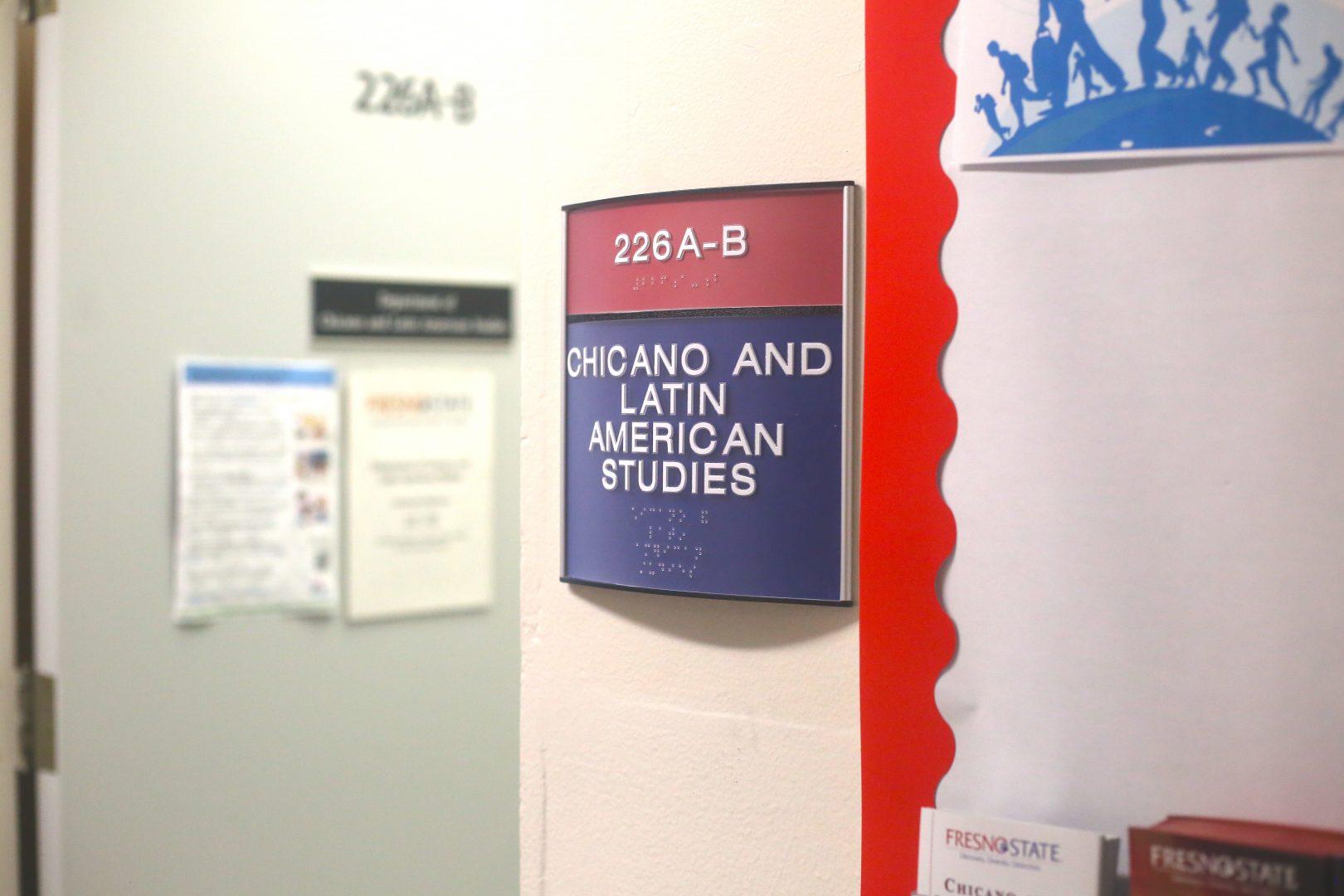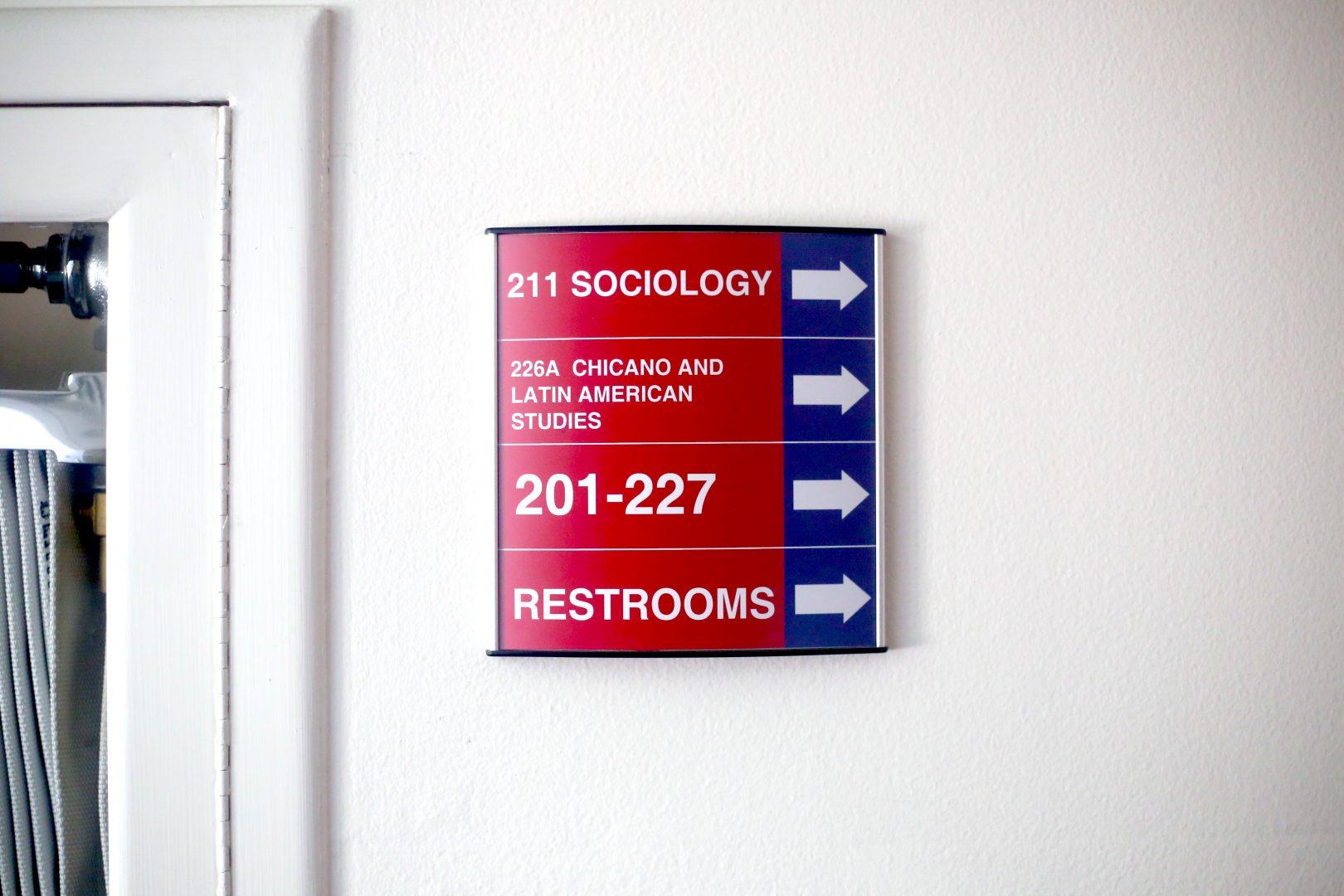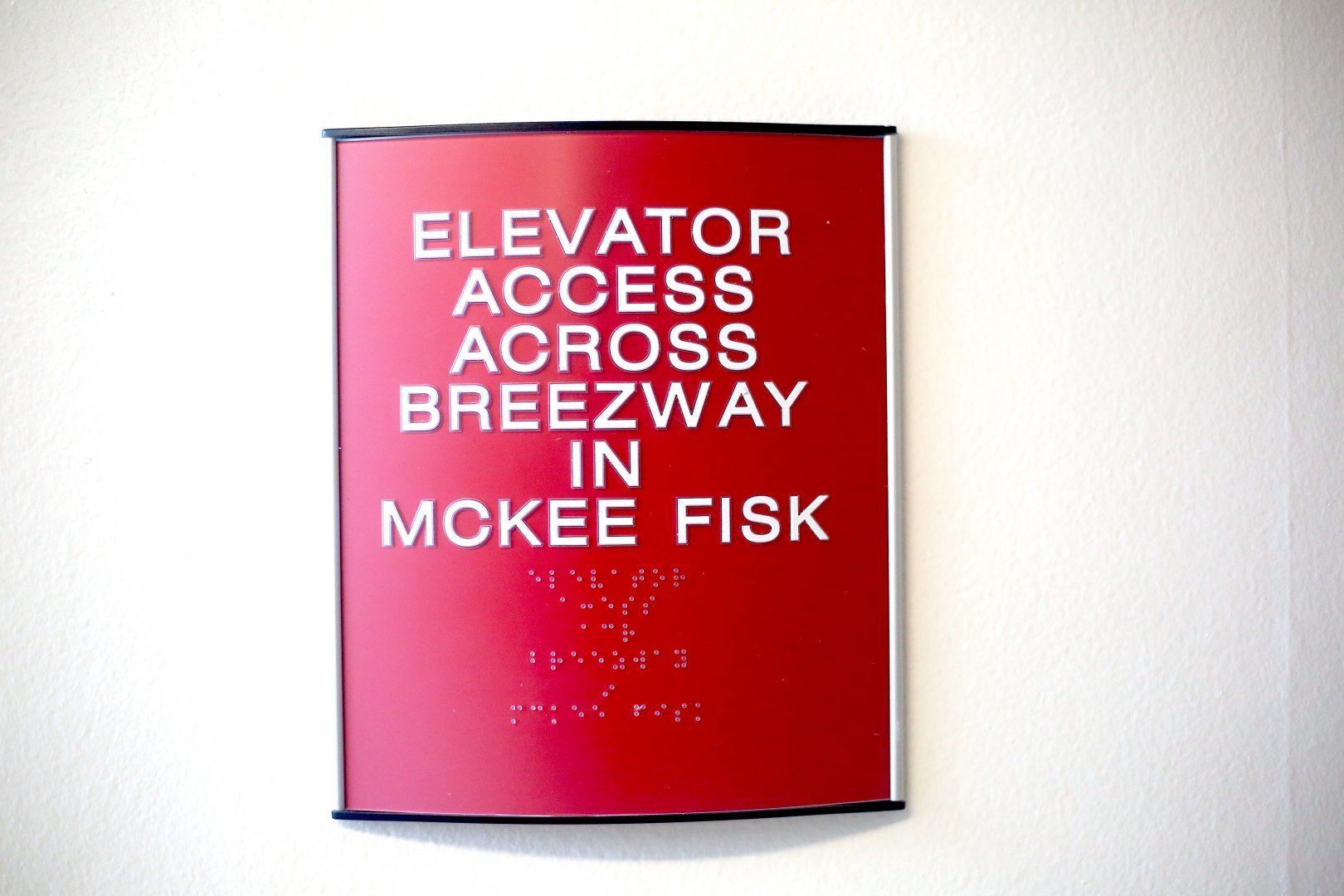When a blind Fresno State student, Jordan Fitzpatrick, first notified administration about the lack of Braille signage in the Social Sciences Building, he was told the project would be completed by early March 2020.
Fitzpatrick’s request was fulfilled two years later after numerous email exchanges and committee meetings.
“Without there being Braille, it was really difficult for me to find my class, and I brought up the issue when I first noticed it and it was so hard to get anyone to make any changes, so that was kind of what inspired me to try to find out if there were other buildings that had issues,” Fitzpatrick said.
Fitzpatrick, who goes by he/him and they/them, collaborated with their Social Work 222 peers to inspect 76 buildings on campus. Buildings were checked for Braille signage on all floors, elevator access, automatic doors and ramp access when stairs were present at the entrance.
The report, titled “Barriers to Accessibility on the California State University, Fresno Campus,” concluded that more than half of the buildings inspected had not been updated to accommodate accessibility issues.
Of the buildings inspected, 39% were reported to have no Braille signage, 38% of multiple story buildings were reported to have no elevators, 61% were reported to have no automatic doors or buttons and 34% were reported to have stairs at the entrance with no ramp access. The report focused on the impact of these accessibility issues on a student’s education.
“These are really significant things that can make it difficult for a student to just be a student on campus and safely navigate it. It’s already hard enough to be a student without worrying about this extra stress,” Fitzpatrick said.

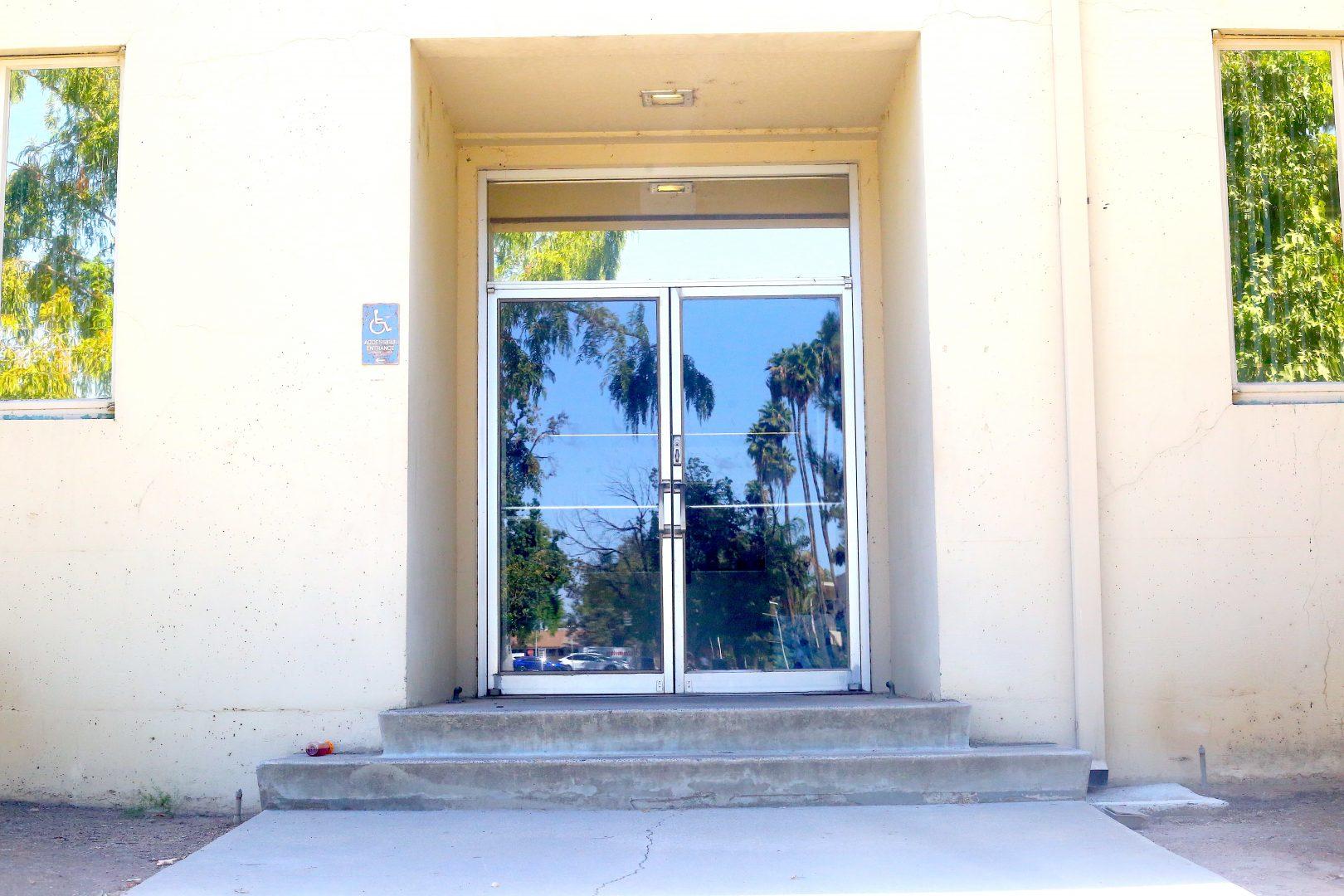
The report focused on student concerns, but many of the same issues mentioned have been noticed by staff and faculty.
Professor Andrew Jones, who primarily works in the Social Sciences Building on campus, described the building as “highly problematic” due to elevator access to the second floor being in a separate building, McKee-Fisk.
Jones said he’s had numerous students with mobility aids that have been late to or missed classes on the second floor of either building when the elevator broke down. He himself has a disability that makes maneuvering stairs difficult, and he is similarly hindered by the lack of elevators.
He has also noticed vandalism of property designated for students with disabilities within the building.
“In some of the classrooms I teach in, the desks and chairs reserved for students with physical disabilities have been vandalized, or hidden. Evidently, not everyone at Fresno State is welcoming of students who need accommodations for physical disabilities. Such actions would leave students in need of those classroom assets feeling like they do not belong at the university, and thus would have a negative effect on their ability to learn and participate in their courses,” he said.
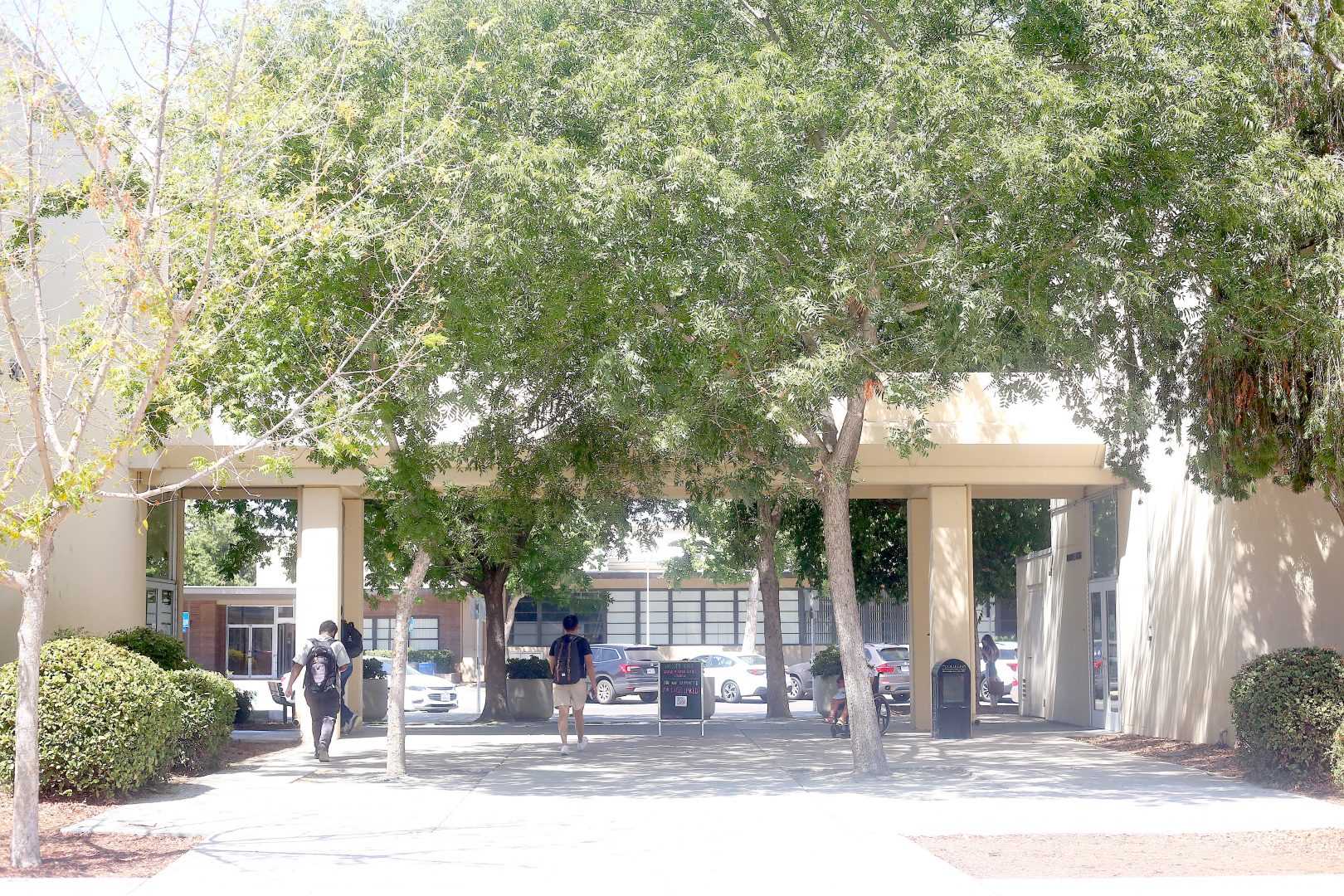
Fitzpatrick presented the report to President Saúl Jiménez-Sandoval, Americans with Disabilities Act (ADA) coordinator Kirsten Corey and other campus staff and faculty, and included a list of recommendations for campus accessibility updates according to the inspection results.
As a result the campus will hire SZS Engineering Access, Inc. to update the campus ADA Accessibility Master Plan.
According to Lisa Bell, Public Information Officer of University Communications, the plan will provide a “comprehensive evaluation of campus facilities,” which will include athletic facilities and the farm laboratory. It will be an update to the 2015 assessment which had also been completed by SZS Engineering Access, Inc., and will be completed in three phases.
A total of 36 academic buildings, 15 athletic and farm buildings and 17 student service buildings will be inspected throughout the three phases. The first phase, which will inspect 15 academic buildings, will be completed by the end of the fall 2022 semester.
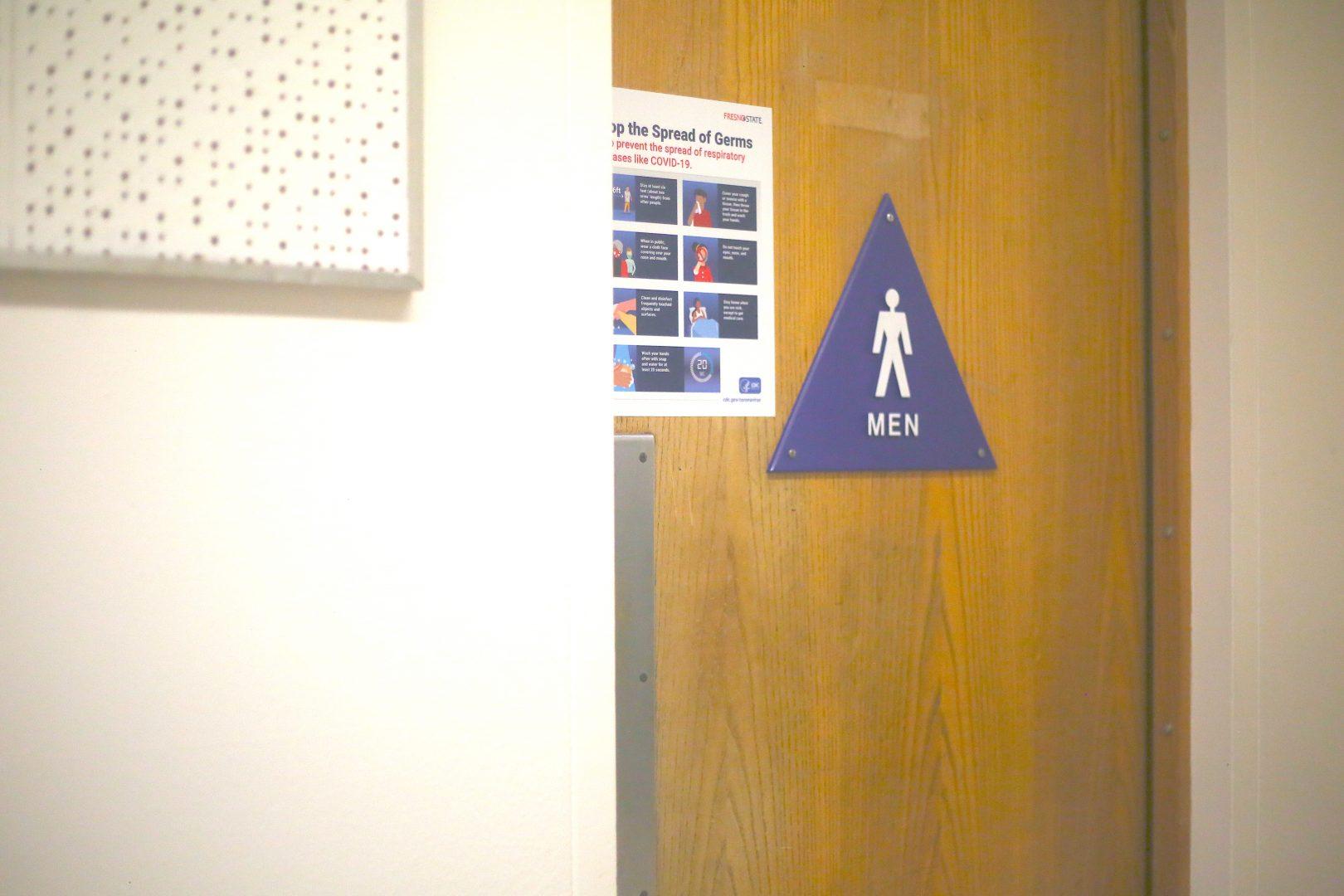
Completion of the plan will “recommend highest priority projects with estimated total project costs” and be used to “support future capital funding requests from the CSU,” according to Bell.
Under the Americans with Disabilities Act of 1990, Fresno State is a Title II entity required to develop a remediation plan to achieve ADA compliance within a scheduled amount of time. The work done with SZS Engineering will fulfill this requirement.
Professor Katherine Fobear, who previously collaborated with Fitzpatrick of advocating for gender-affirming care on campus and completing an LGBTQ2+ Housing Report, said she hopes the updated ADA Accessibility Master Plan will be an “invitation for further dialogue” with students, staff and faculty about accessibility on campus and prevent further experiences like Fitzpatrick’s.
“I hope that there will be more transparency going forward, and ways for involvement. The difficulties Jordan experienced having to advocate for himself and for others in similar situations should never happen. There is a lot of work that needs to be done and it is only through bringing in diverse voices to this that we can achieve our goal for inclusivity and accessibility,” Fobear said.
Currently students who have accessibility concerns can go to Services for Students with Disabilities (SSD), while faculty and staff can go to University Human Resources and ADA Coordinator.
“These departments identify accommodation through program access, then work with the appropriate areas such as Facilities Management or Public Safety to address any physical accessibility concerns and also help to support any accommodations,” Bell said.
Students, staff and faculty who are interested in learning more about accessibility issues on campus and following up with SZS Engineering’s work can also attend the President’s Commission on Disabilities and Access (PCDA) meetings. SZS Engineering Principal Syroun Sanossian and her team will be attending an upcoming meeting to provide an overview and status of the plan, according to Bell.
Fitzpatrick is glad that their work is raising awareness of the issue, and said Fresno State now has the opportunity “to go beyond [meeting minimum ADA requirements] and really be a beacon of accessibility.”
“I hope that the campus makes improvements on campus soon, as the ADA has been in effect since 1990 and it’s past time for these updates. Everyone deserves to be able to experience Fresno State without accessibility issues,” Fitzpatrick said.
